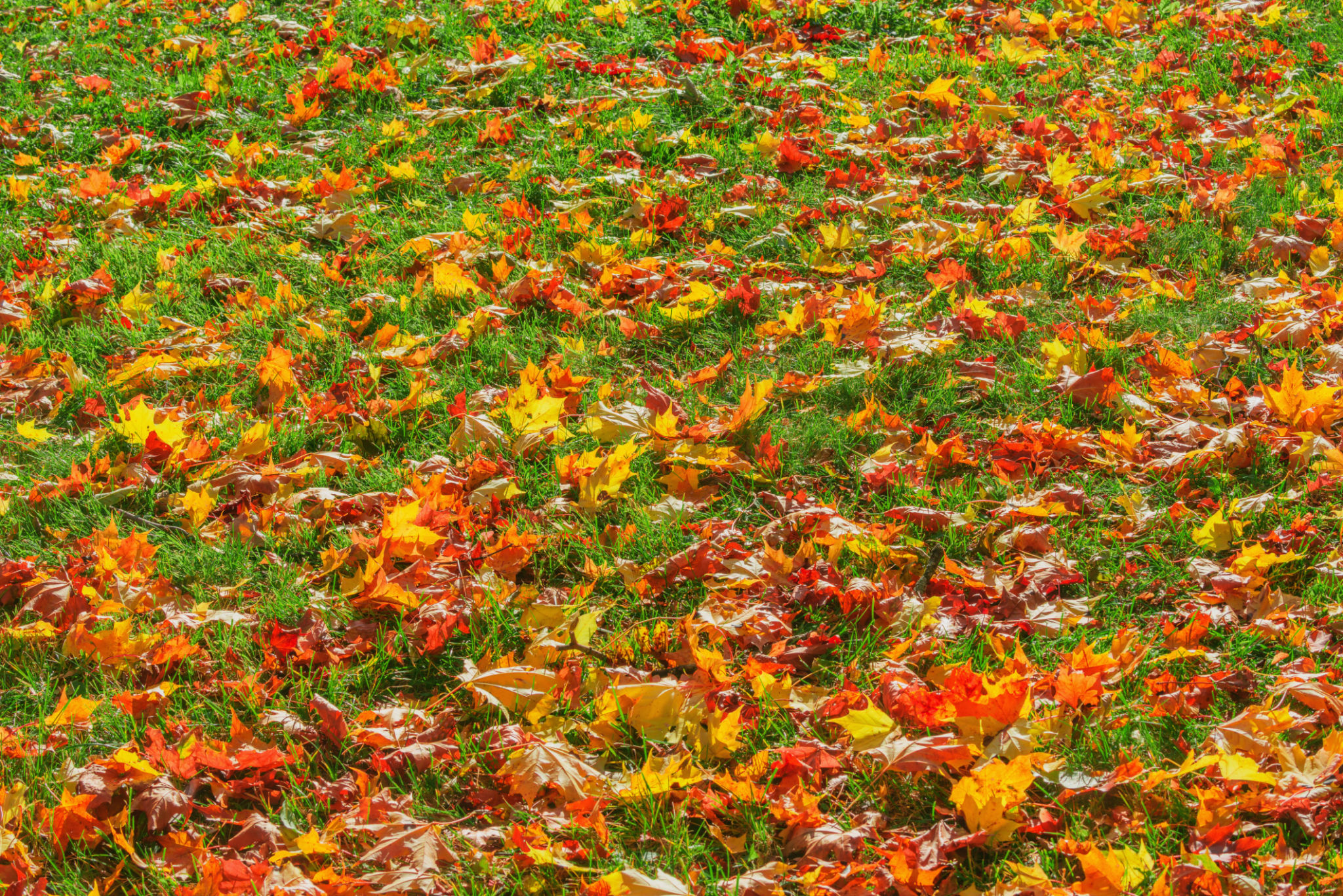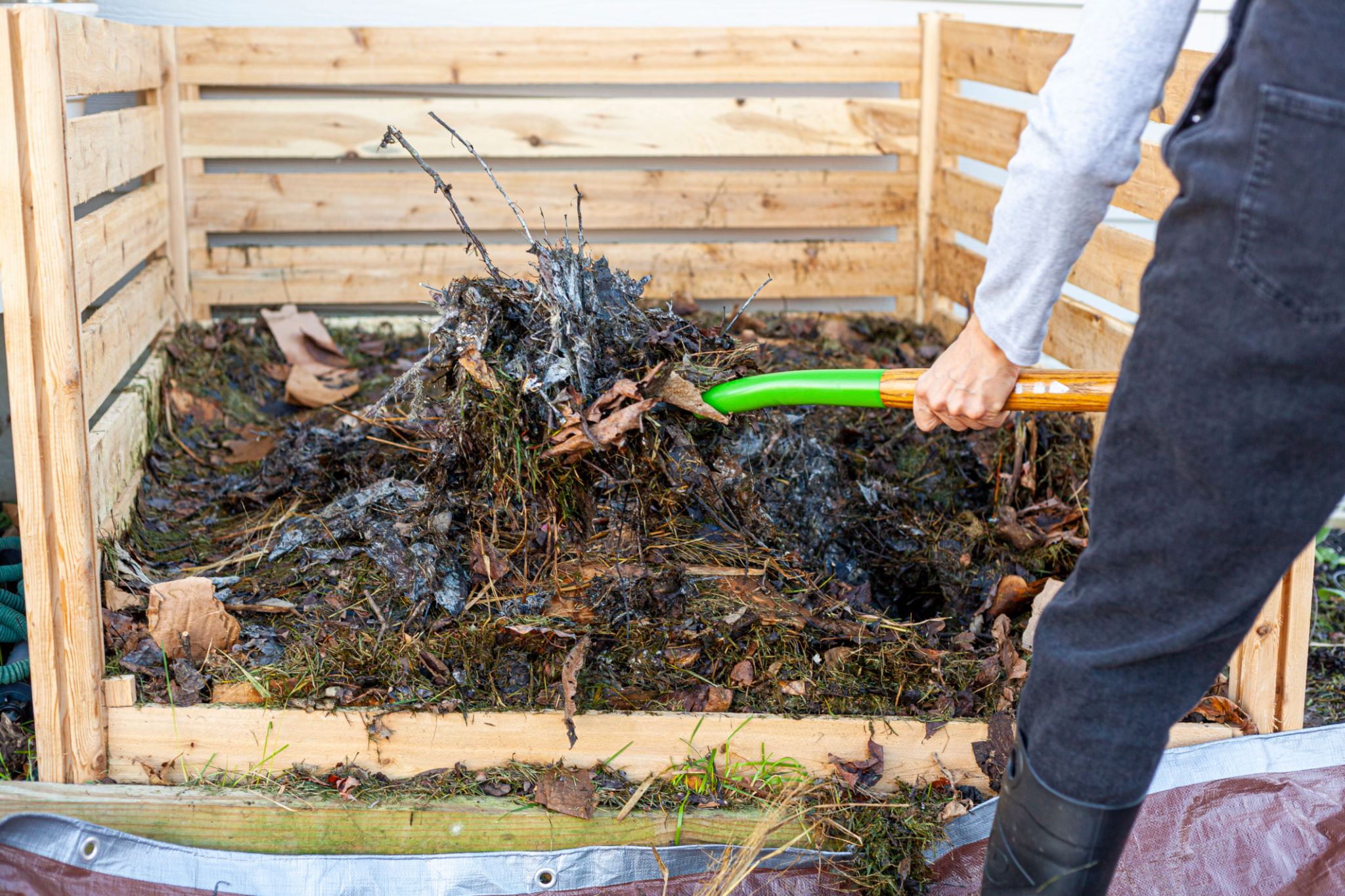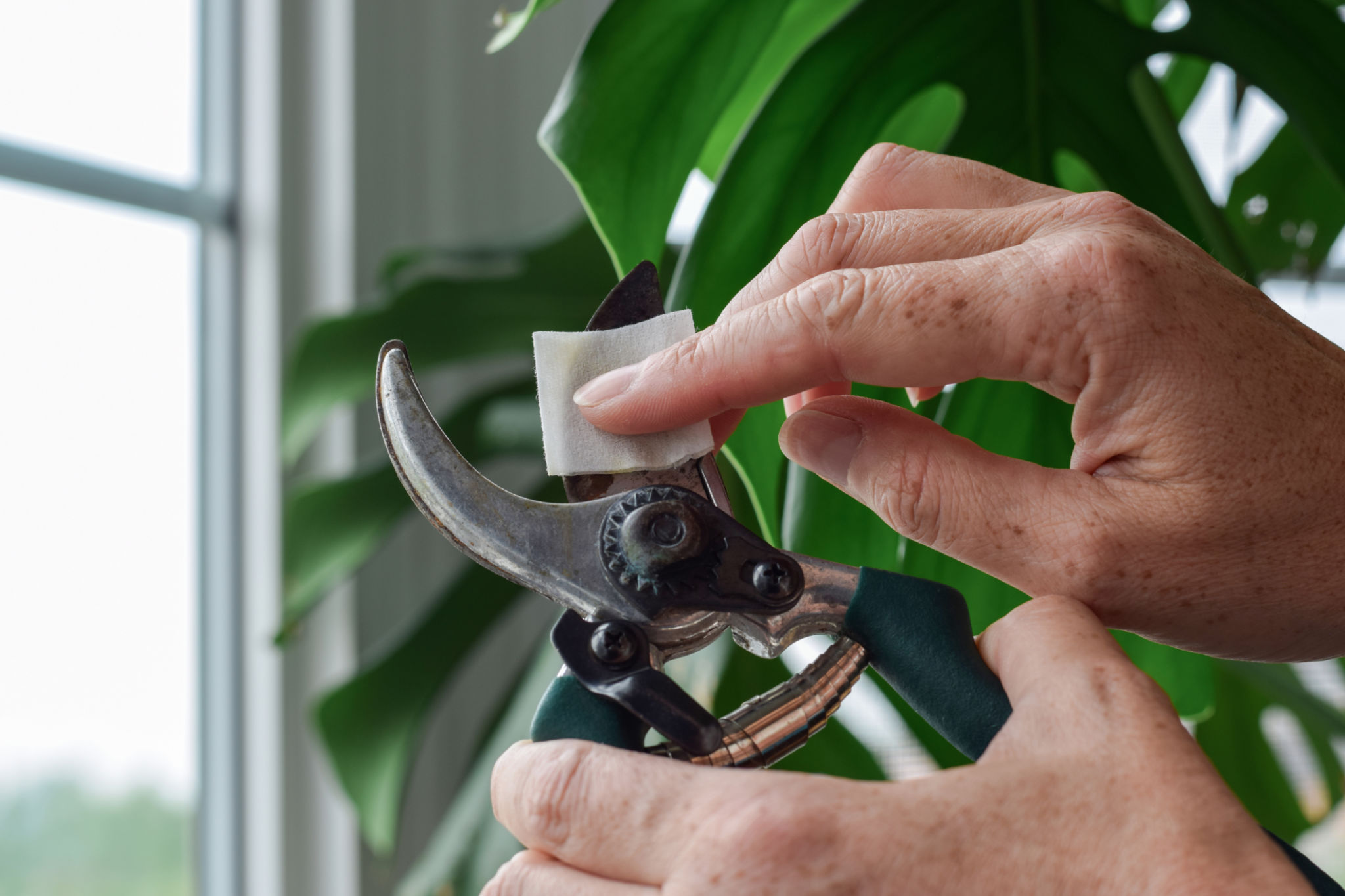Fall Yard Cleanup Tips: Stump Grinding and More
Embrace the Change: Fall Yard Cleanup
As the vibrant colors of summer start to fade, fall brings a unique charm to our yards. However, with the beauty of autumn comes the responsibility of yard cleanup. From fallen leaves to dead branches, there's much to be done to prepare your yard for the colder months. A thorough fall cleanup not only maintains the aesthetics of your property but also ensures a healthy landscape come spring.

Why Stump Grinding is Essential
One crucial aspect of fall yard maintenance is stump grinding. Stumps may seem harmless, but they can invite pests, create obstacles for mowing, and even lead to fungal diseases. Removing stumps not only improves the appearance of your yard but also prevents these potential problems. Stump grinding is a more efficient and environmentally friendly way to remove stumps compared to traditional methods like burning or chemical treatments.
Grinding stumps down to below ground level allows for easier lawn maintenance and helps prevent the regrowth of trees. Plus, the wood chips produced during grinding can be repurposed as mulch, providing an eco-friendly benefit to your garden beds.
Leaf Management: More Than Just Raking
Raking leaves is a classic fall activity, but managing your leaves effectively goes beyond just gathering them into piles. Instead of bagging them up for disposal, consider using them as mulch or adding them to your compost pile. Leaves are rich in nutrients and can greatly benefit your soil when they decompose.

Another option is shredding leaves with a mulching mower. This helps them break down more quickly and can be left on the lawn as a natural fertilizer. Ensuring that leaves are managed properly prevents suffocation of your grass and maintains the health of your lawn throughout the winter.
Prune and Trim for Healthier Plants
Fall is an ideal time to prune trees and shrubs. Removing dead or diseased branches prevents them from causing damage during winter storms. Pruning also encourages healthier growth in the spring by allowing more sunlight and air circulation to reach the plant.
- Identify branches that are dead or diseased.
- Use sharp and clean tools to make precise cuts.
- Avoid excessive pruning; focus on maintaining the plant’s natural shape.

Prepare Your Lawn for Winter
In addition to cleaning up debris and pruning, preparing your lawn for winter is crucial. Start by aerating your lawn to allow water, oxygen, and nutrients to penetrate the soil more effectively. Following aeration, consider fertilizing your lawn with a high-phosphorus fertilizer to promote root growth during the dormant season.
Overseeding is another beneficial practice; it helps fill in bare spots and ensures a thick, lush lawn once spring arrives. Be sure to choose the right type of grass seed that suits your climate and existing lawn.
The Final Touches: Garden Beds and Tools
Don’t forget about your garden beds. Remove any annuals that have finished their life cycle and cut back perennials as needed. Adding a layer of mulch can protect plant roots from harsh winter temperatures and improve soil quality.
Finally, take care of your tools. Clean and sharpen them before storing them away for winter. Proper maintenance ensures that your tools will be ready for action when the gardening season begins anew.

By following these fall yard cleanup tips, you’ll be well on your way to maintaining a beautiful and healthy landscape year-round. Embrace the change of seasons and enjoy the satisfaction of a well-tended yard.